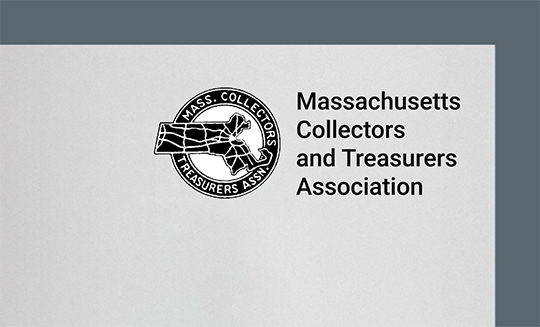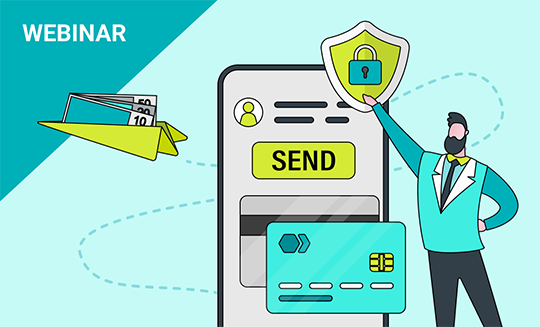But, everywhere you turn, industry experts tell you to cull your list of old, inactive, non-engaged recipients to improve deliverability. How can you reconcile these suggestions with your need for the largest possible audience? Read on to find out.
This is the first of a two-part series from Real Magnet looking at best practices for re-engaging your association members.
Why everyone thinks you should trim your list.
Currently, the prevailing intelligence in the industry dictates the major email providers (Yahoo and Google, among others) use some form of engagement metrics to determine inbox placement. A recent study by Return Path showed low user engagement was the No. 1 reason email was routed to the spam folder. Simply put: if recipients don’t open your association emails, your future email will likely not get delivered either.
If email providers send your email to spam because of low engagement rates, then it stands to reason increasing engagement is a solid suggestion for getting to the inbox. In some cases, this is accomplished through tweaking and testing content. If your subject lines and content are compelling, readers will continue to open your messages. It seems straightforward, but what if that doesn’t work?
When you’ve tested various subject lines and content, but your delivery rates are still poor, a lack of engagement is most likely the culprit. Then you often hear suggestions to trim your list of inactive recipients. Upon examination, the math behind it all is simple:
- If you send to 100,000 recipients and 5,000 open regularly, you have a 5% open rate.
- If you trim your list to 50,000 recipients and those same 5,000 open regularly, you now have a 10% open rate.
In the end, you’re still getting the same number of regular openers. But, the email provider or ISP now sees your readership is more engaged because a higher percentage of your users are acting on your emails.
Removing recipients who don’t interact with your emails is typically a good thing. It improves deliverability, and you’re not spending money to send emails to people who ignore them. However, many marketing and membership directors, VPs and other association leaders don’t share the same point of view. Varying studies place the average number of inactive contacts in a marketing list between 25% and 60%.
Reducing your list by a quarter or more comes as a shock. And, it’s often impossible for association marketers as newsletters and other content are membership benefits. So, what’s the best way to move forward without completely gutting your membership list?
Re-engagement to the rescue.
A re-engagement campaign provides another opportunity for your members to engage with your messages before they are removed from your mailing rotation. Many recipients don’t realize they ignore your messages. A re-engagement campaign serves as a wake-up call prompting them to act.
There’s no one-size-fits-all solution for an effective re-engagement campaign. But, most follow a few basic guidelines. It’s recommended you use the following as a starting point and adapt your strategy based on your responses and your member base.
1. Limit the number of messages. The best re-engagement campaigns often contain only two to three messages. Keeping your series short helps convey the sense of urgency while avoiding recipient fatigue. In addition, if your members see too many messages announcing their last chance to engage, they may feel baited or distrust the message.
2. An open may not be enough. Before you begin, you must determine what constitutes re-engagement from your members. Is it an open or is it some other required action? The answer often depends on several factors, such as:
- How long have the contacts been unengaged?
- Is this a one-time or ongoing re-engagement campaign?
- Has there been other action from the recipients, such as purchases, learning, etc.?
- Are the recipients active members of your organization?
If you’re sending a one-off re-engagement campaign, best practices dictate you include a confirmation link which a member must click to remain on your list. This is especially true if the recipients are inactive for a year or more.
3. The message subject is vital. Your subject must stand out in a crowded inbox and capture the reader’s attention. However, it’s also important to not mislead in the subject line. The subject “You’ve won a million dollars!” might get lots of opens, but it’s dishonest and illegal under CAN-SPAM (unless, of course, they have won).
An effective subject line includes a sense of urgency and a call to action. Depending on your audience, a tongue-in-cheek approach often attracts attention and prompts responses.
Whatever you decide, your email subject line must be noticeably different from your regular subject lines. Here are a few examples:
- RESPONSE REQUIRED: Do you want our emails?
- ACT NOW or this is the last email you’ll receive!
- Are you breaking up with us? We must know . . .
- Do we need to give you some space? Your inbox seems a little crowded.
Come back next month to learn what the other three basic best practices are for re-engaging your association members.






